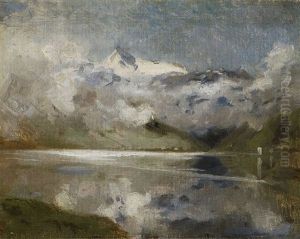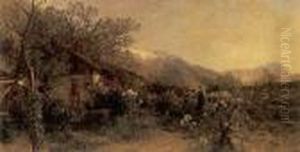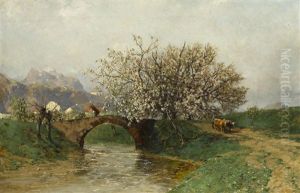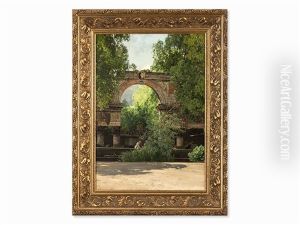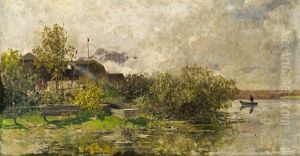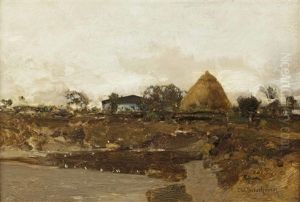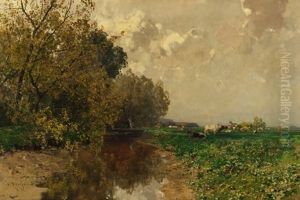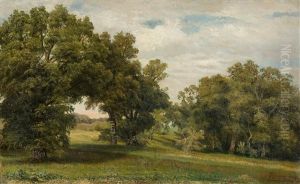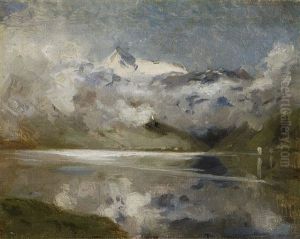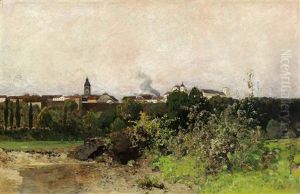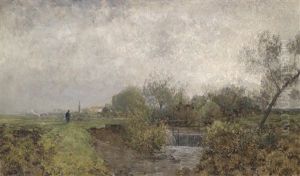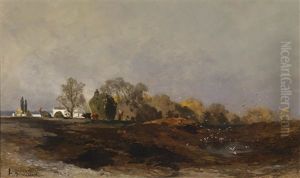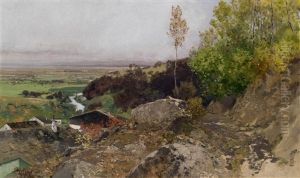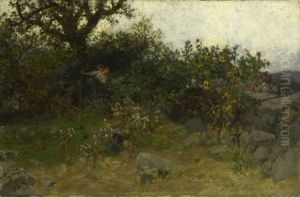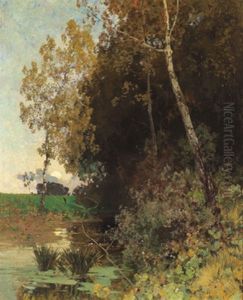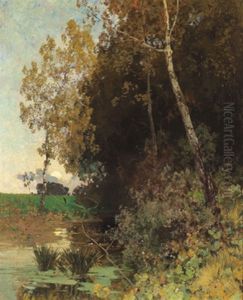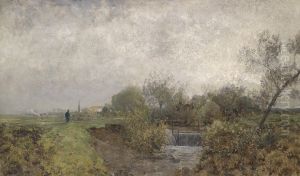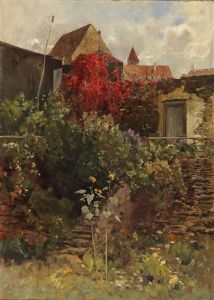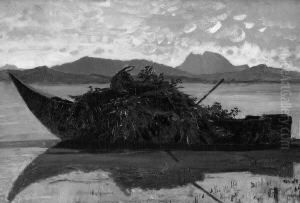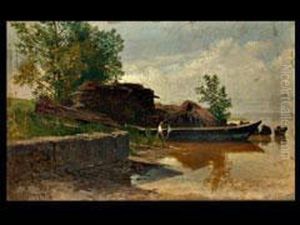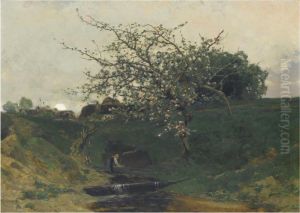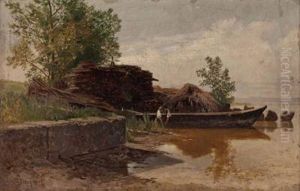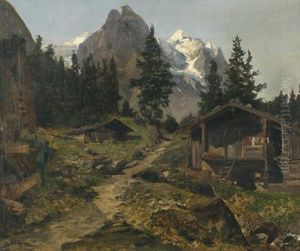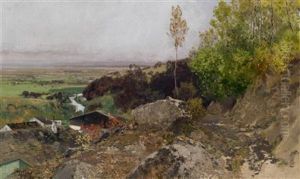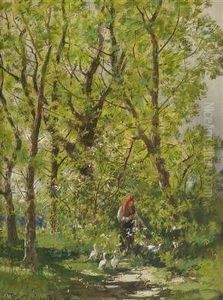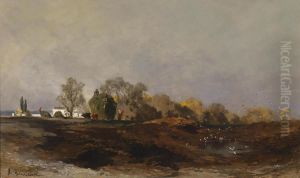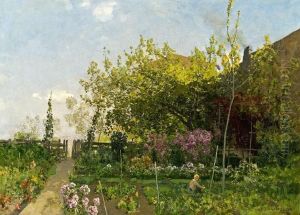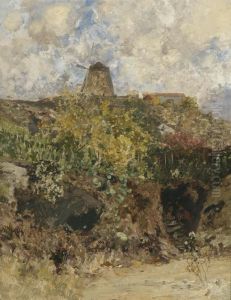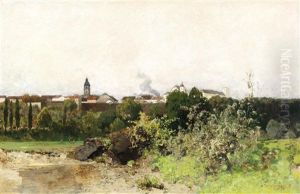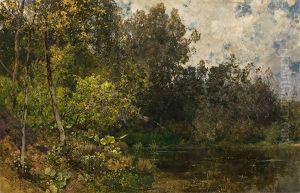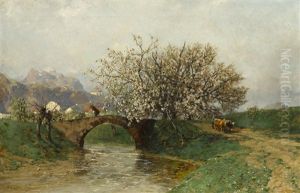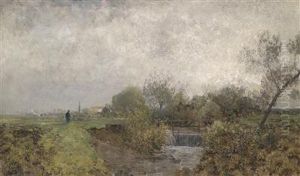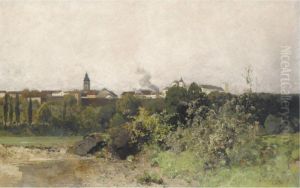Adolf Gustav Ditscheiner Paintings
Adolf Gustav Ditscheiner was an Austrian artist known for his contributions to the art world in the late 19th century. Born in 1846 in what was then the Austrian Empire, Ditscheiner's early life was steeped in the rich cultural ambiance of the Austro-Hungarian monarchy, a setting that would influence his artistic direction throughout his career. Little is known about his early education, but it is evident that he showed an early aptitude for the arts, leading him to pursue a career that would see him experiment across various mediums and subjects.
Ditscheiner's body of work is characterized by its diversity, ranging from landscape paintings to intricate portraitures, showcasing his versatility as an artist. He was particularly noted for his ability to capture the essence of his subjects with a realism that was ahead of his time, blending traditional techniques with a unique sensitivity to light and shadow. This skill made his work popular among the Austrian nobility and the burgeoning middle class, who sought his talents for their portraits and to capture the lush landscapes of the empire.
Throughout his career, Adolf Gustav Ditscheiner was an active participant in the vibrant cultural life of Vienna, the heart of the Austro-Hungarian Empire. His works were frequently exhibited in galleries and salons, where they received critical acclaim for their technical proficiency and emotional depth. Despite this, Ditscheiner remained a relatively private figure, focusing on his art rather than the fame it brought him.
Ditscheiner's later years were marked by a shift towards more introspective works, reflecting perhaps a contemplation of his own life and the changing world around him. The turn of the century brought about shifts in artistic trends, with the emergence of modernism challenging the traditional styles that Ditscheiner had mastered. Nevertheless, he continued to produce work that was both relevant and respected by his peers.
Adolf Gustav Ditscheiner passed away in 1901, leaving behind a legacy that, while perhaps not as widely recognized as some of his contemporaries, significantly contributed to the art scene of his time. His works continue to be studied by art historians and are cherished by collectors for their beauty and historical value, serving as a testament to the rich cultural heritage of the Austro-Hungarian Empire and the enduring appeal of classical artistry.
